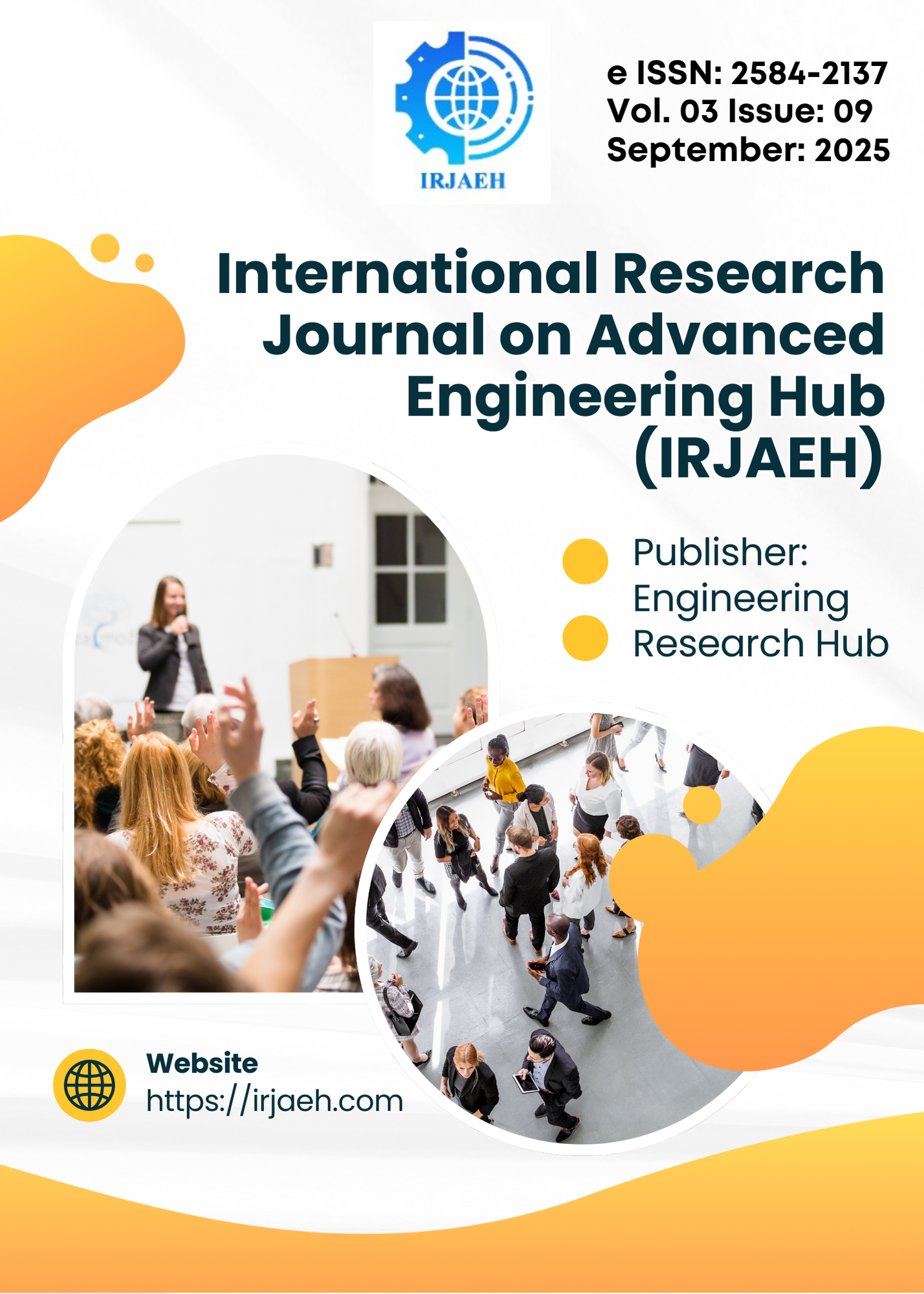An Experimental Investigation on EDM Machines with Advanced Machine Learning to Predict High MRR For Aerospace Application
DOI:
https://doi.org/10.47392/IRJAEH.2025.0553Keywords:
EDM, Tolerance, Machining parameters, ANN, SVM, RFAbstract
Now EDM (Electrical Discharge Machining) are playing a vital role in industries to produce very precise and complex profiles in the harden materials. They are used in aerospace, medical, die and mould making industries to where the intricate geometrical output and high precision is required. In aerospace industries EDM machines are used to produce the turbine blades, sensor housing, engine sparts and high tolerance parts housing. Die-sinker EDM machines are used in the blind cavities in the dies and molds. Extremely high-harden materials are used, which is crucial for aerospace applications. This die – sinker EDM process ensure the high tolerance with minimal tolerance level. In this machine process the material stress level will be reduced to maintain the material integrity with tight tolerance. In this paper we study about the MRR (Material Removal Rate) in the die sinker EDM machine for the aerospace grade materials Ti-6Al-4V and Inconel 718 using copper electrode. There is a challenge in the die sinker machine to predict the MRR. Because it’s a significant factor to make the production plan. Without estimated MRR value, industries cannot plan the production chart. Here the study is about the MRR prediction on the materials used in the aerospace industries for the making the rocket engines, turbine blades, satellites sensors and other aircraft related spare parts. Here the dataset trained by four different types of supervised learning algorithm to predict the MRR value. Artificial Neural Network (ANN), Random Forest (RF), Support Vector Machine (SVM) and XGBoost machine learning algorithms are used for the prediction by computing several machining parameters like current, ton, toff, duty cycle, flushing etc. In this paper shows the experimental prediction is reliable with the actual result but there is a deviation of 3% fall in the experimental result when compared to the actual result.
Downloads
Downloads
Published
Issue
Section
License
Copyright (c) 2025 International Research Journal on Advanced Engineering Hub (IRJAEH)

This work is licensed under a Creative Commons Attribution-NonCommercial 4.0 International License.

 .
. 